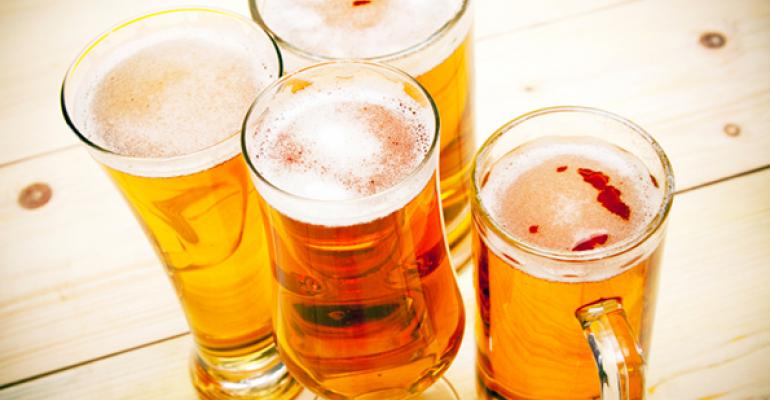Craft beer continues to be a growing part of the beverage market, with consumer research firm Mintel predicting a 22-percent increase in dollar sales growth in 2015, for total sales of $24 billion. But according to data from iPourIt, a provider of self-serve beer and wine technology, different customers buy their beer differently, with aficionados of more obscure varieties willing to spend more for each beer and women tending to drink lighter styles.
The first two charts below are taken from data iPourIt collected from 43 locations in 23 states, accounting for about 500,000 unique users over the past two-and-a-half years. The third chart, on the difference between what men and women drink, is taken from a single client serving 64,000 distinct patrons.
Average age by beer style
Beers that are newer to the market, such as gose and sour beers, tend to skew younger than more established types like lagers and amber ales.
Average price based on beer style
You can charge a lot more for lambic, sour beer and mead (technically not a beer, but a fermented honey beverage) than you can for lagers and amber ale, according to iPourIt, which found customers spending an average of $5.88 per pint of lager, and $12.87 for a pint of lambic.
Difference in the beers men and women drink
About 20 percent of men and 14 percent of women drink craft beer, according to Mintel, but iPourIt found wider gaps when it comes to preferences, with men far out drinking women when it comes to India Pal Ales, Brown Ale and Pilsner. The gap narrows with seasonal beers, hefeweizen and blondes. Women, who account for about 36 percent of the sales volume on this chart, outdrank men when it comes to cider (technically not beer but generally classified as such for sales purposes) by 16 percent.
Contact Bret Thorn at [email protected].
Follow him on Twitter: @foodwriterdiary

